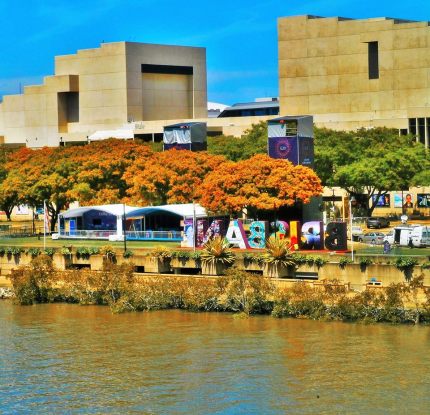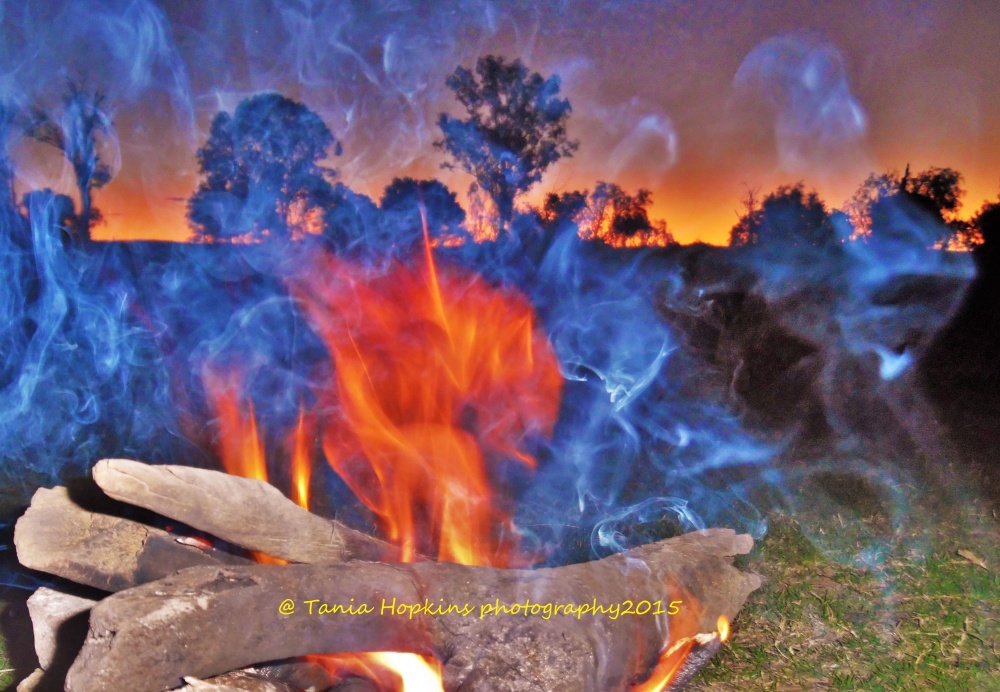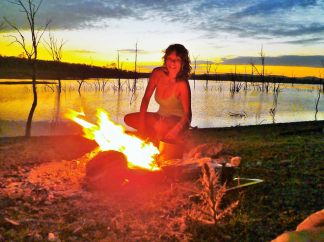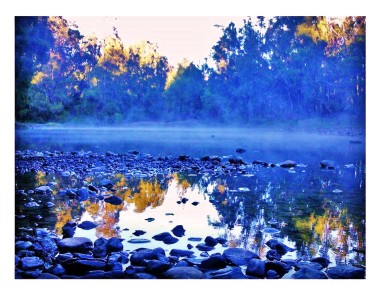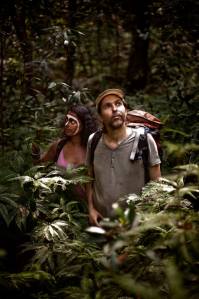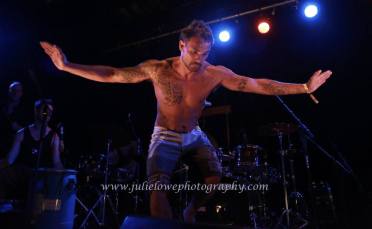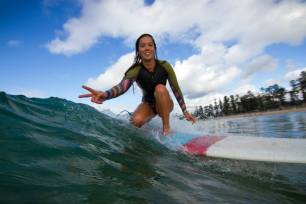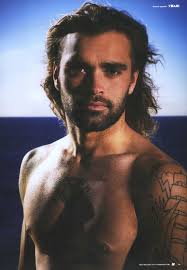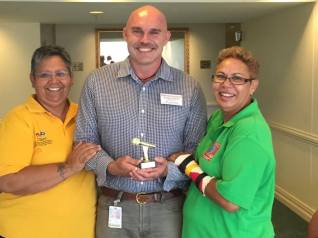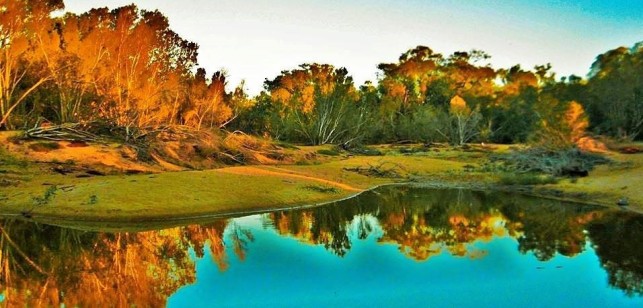…….The Significance of Musgrave Park…….
I have been visiting Musgrave Park in Brisbane for over 25 years. Have brought my children up in and around Musgrave, through their earlier years, and now take my grandsons here, just not for NAIDOC celebrations, but for a meeting place to connect with their people. As an adopted child it was here in Musgrave that I meet immediate family, my father, my brothers and sisters, my uncles and aunties and their children. In 2008 I put together a reunion for the Hopkins family, held at Jagera Arts Hall which is situated within the grounds between the park and Brisbane State High School. It is a very significant place for me and my people. I am sure my ancestors who are of the Wakka Wakka country in the Burnett region, would of travelled south to Musgrave for ceremonies and a meeting place many thousand years ago. It is a beautiful and mystically feeling for me every time I walk through this country….here I share with you the significance of Musgrave Park to our people.
Tania Hopkins Founder and Editor of “Our Dream Time” Publications
……..From available records, it is possible to draw a picture of what South Brisbane area was like before the British arrived in 1825. The area was rich in food sources, a lush sub tropical setting of rainforest, wetlands and open grasslands. It was home to a wide array of plant and animal life including whip-tailed wallabies, koalas, possums, emus, water rats, yams, fish, crayfish and ells.
The area was known as a meeting place for our people in the South East corner. A neutral place for holding of feasts, ceremonies and meetings. There where bora rings where Woolloongabba is today and another near Musgrave Park.
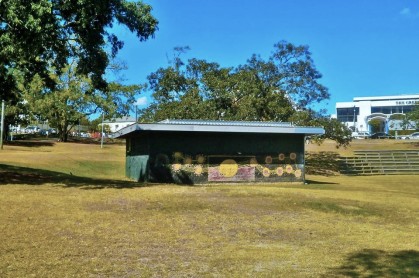
Musgrave Park. The area was known as a meeting place for our people in the South east corner. A neutral place for the holding of feasts, ceremonies and meetings.
Our people were progressively forced out of the area as European occupation spread, and the land was cleared for farming and residential areas. The forced removal of our people to reserves and missions under the infamous Aboriginal Protection and Restriction of the sale of Opium Act ( 1897) enabled the government to clear remaining fringe camps in and around Brisbane. In 1848 boundaries were declared (Boundary Street in Spring Hill and West End) to keep Aboriginal people out of the city after 4.00pm each afternoon and all day Sunday. During World War 11 Aboriginal people and black American Service men were not allowed in the city at night.
Musgrave Park has become a symbol of Aboriginal peoples persistence, despite the worst and best intentions of governments enshrined in Legislation and regulation. Our people have survived the policies of removal of Aboriginal peoples from their traditional lands, the stolen children, the enforced collectivisation on church missions and government reserves, and the deliberate attempts at destruction of Aboriginal culture and language.
Today the Aboriginal community sees Musgrave Park as the last place in South Brisbane which is ‘theirs’, that it is a place for ceremonies: grieving: for celebration: for social and recreational events. And this perception is not limited to the local Aboriginal peoples from throughout Queensland and the rest of Australia.
It is said to often and too glibly that the colonisation process has destroyed Aboriginal culture. It hasn’t! Despite the clear intentions of church and state Aboriginal culture is alive and strong, in the bush, in the fringe camps outside country towns, and in the heart of the urban centres.
This is not to deny, however, the damage and loss that over 200 years of colonisation have produced, the fragmentation of families and communities, the loss of language and ceremonies.
Story from Musgrave Park Cultural Centre Inc.
